I had my first dose of the Covid vaccine today
Virginia, SLC’s Head of Medical English, is an amazing woman. She writes courses, trains teachers and provides expertise and support across the company. She writes for the international English for Healthcare OET tests. Remarkably she also works part time as a Registered Nurse, bringing her unique blend of experience, humour, and knowledge to patients across the Western Isles off the coast of Scotland. Yesterday she received the first dose of the Pfizer vaccine. This is her story.
I feel very privileged to have received a Covid-19 vaccination today at NHS Western Isles where I work. The procedure had all the hallmarks of a pandemic response. We arrived with our masks on, sat in chairs spaced the correct distance apart and received information about the vaccine (the Covid-19 mRNA Vaccine BNT162b2 or ‘Pfizer’ vaccine). Important questions were asked to ensure all precautions were taken and then it was on to the ‘vaccination room’. Consent given, I had my injection, or ‘jag’, as it is known here on the Isle of Lewis (I haven’t been able to find out why it isn’t ‘jab’…in any case, I was used to the term ‘shot’ in Australia).
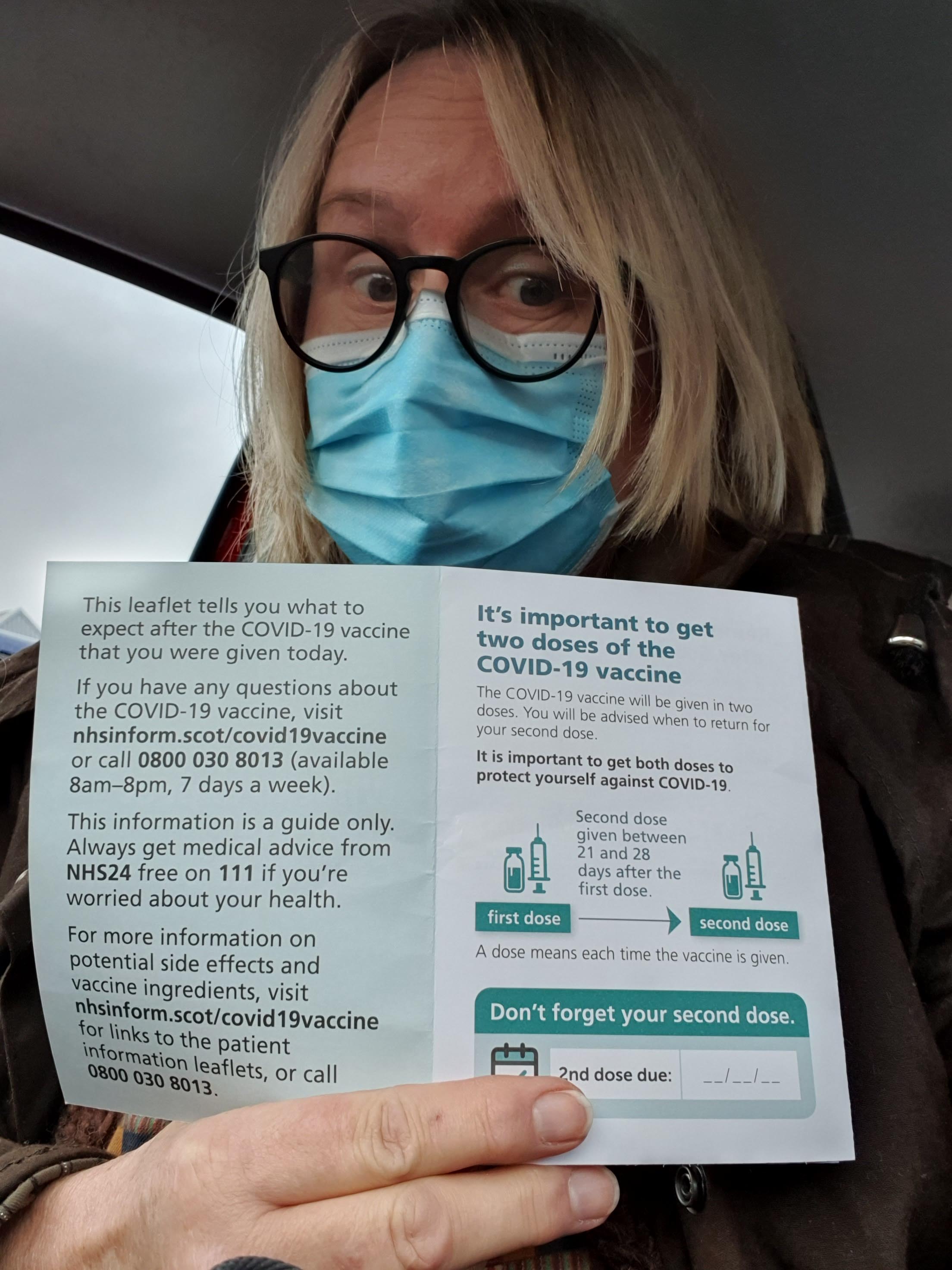
I returned to my chair in the waiting room where I was observed for 10 minutes and then sent home to rest. I hope to receive the second dose in 12 weeks.
It started me thinking about all the vaccinations I have received in the past, vaccinations which protected me from some very nasty diseases. Some of you will know that I was born in Australia and so started my vaccination history there…
Triple Antigen
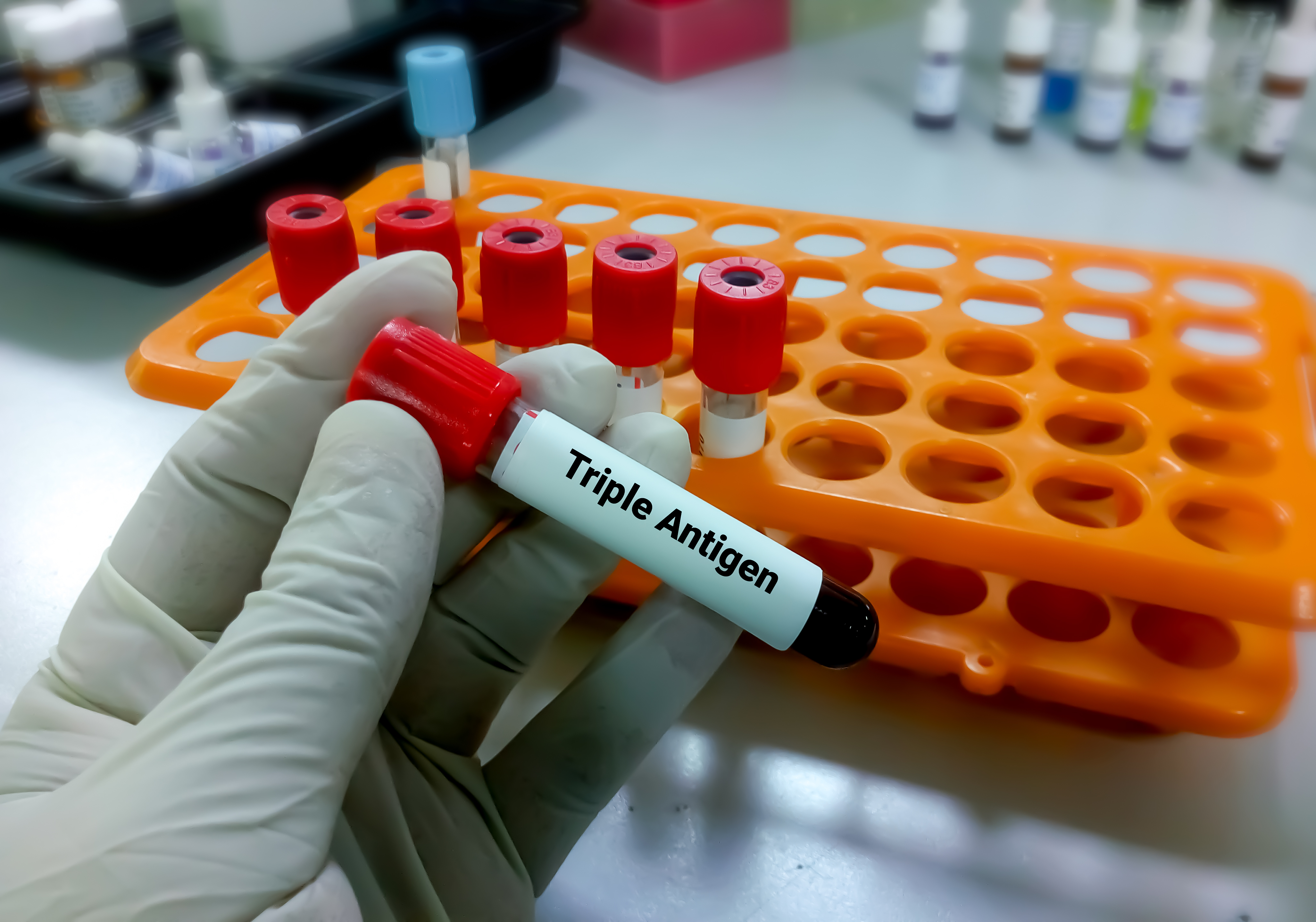
In 1953, the Diphtheria-tetanus-whole-cell pertussis vaccine (DTPw) was introduced. This was a 3-dose infant-based schedule which I was to receive 5 years later.
Polio
 In Australia, mass production of the inactivated polio vaccine began in July, 1956, two years before my birth, so I was amongst the early youngsters vaccinated against poliomyelitis. The oral Sabin vaccine (live attenuated oral polio vaccine) was not registered until 1964 after trials in Tasmania. Australia and the Western Pacific Region was to be declared polio-free in 2000.
In Australia, mass production of the inactivated polio vaccine began in July, 1956, two years before my birth, so I was amongst the early youngsters vaccinated against poliomyelitis. The oral Sabin vaccine (live attenuated oral polio vaccine) was not registered until 1964 after trials in Tasmania. Australia and the Western Pacific Region was to be declared polio-free in 2000.
Travel overseas: The International Certificate of Vaccination (the ‘Yellow Card’)
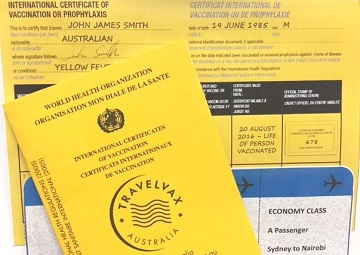
This record was developed by the WHO and one which my parents had to have completed before we travelled from Australia to the UK (by boat, via South Africa) so my father could work there. I was vaccinated against smallpox (and still have the scar on my upper arm), cholera and yellow fever. My first vaccinations were given to me by my grandfather (a GP) who refused to give me the boosters as he didn’t want to be remembered as ‘Grandpa who gives needles’. A different GP was sought for the boosters!
Hepatitis B
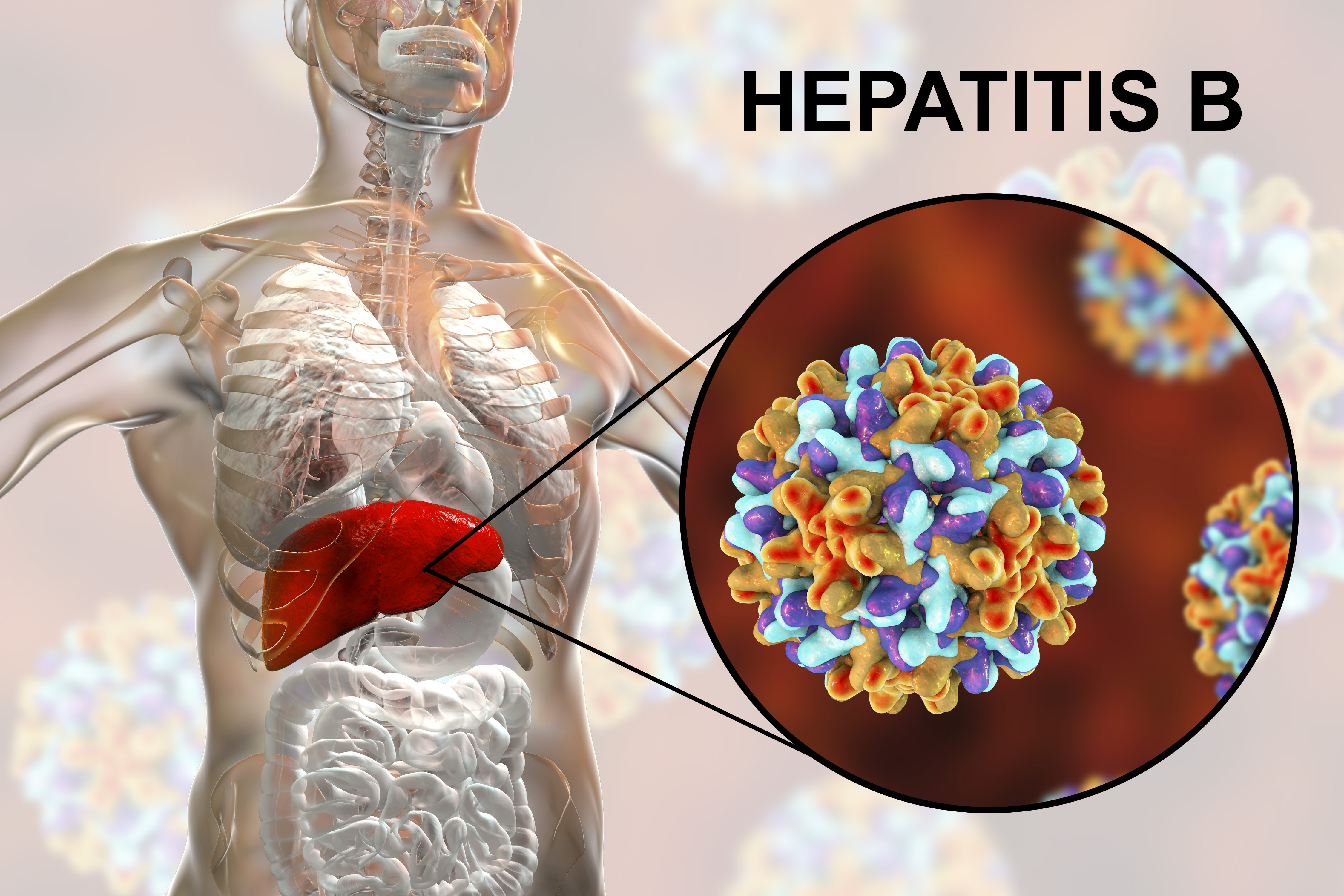
In 1982, a serum derived hepatitis B vaccine was registered for use in adults and in 1985, for neonates. In 1986, vaccination using 3 doses was recommended for at-risk adults, e.g. Aboriginal and Torres Strait Islanders, immigrants and refugees from high risk countries, healthcare workers, IV drug users, recipients of factor VIII or IX blood products and household and sexual contacts of hepatitis B carriers. Between 1987 and 1988 two recombinant hepatitis B vaccines were registered in place of the serum derived vaccine. I was given the 2-dose vaccination against Hepatitis B in 1987.
HPV
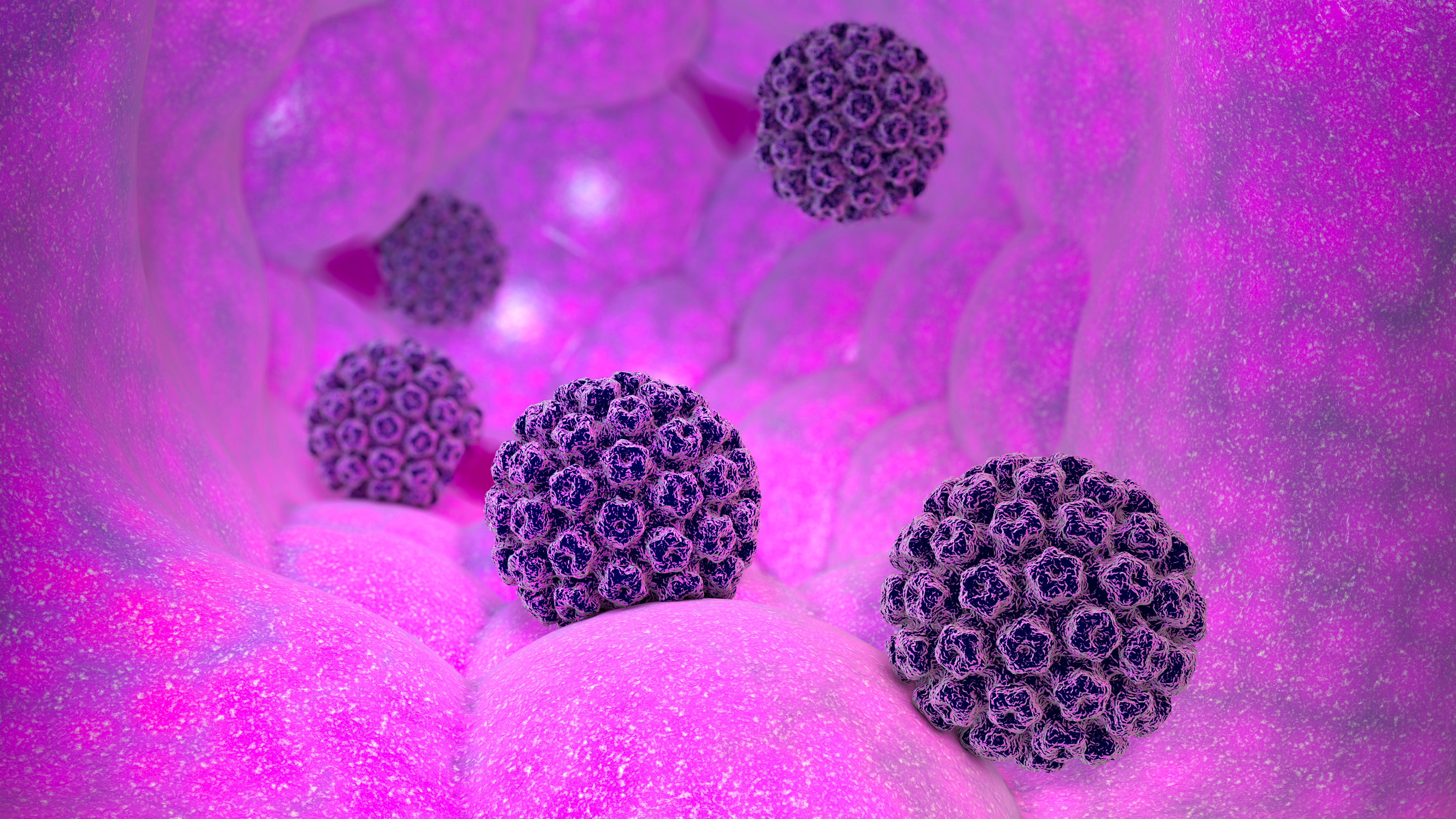 In June, 2006 a 4-valent human papillomavirus vaccine was registered for use in females aged 9–26 years as a 3-dose schedule. I was not in the age group to receive this vaccine, but my daughter was proud to receive the vaccine which had been developed by the University of Queensland in Australia by Professors Ian Frazer and Jian Zhou.
In June, 2006 a 4-valent human papillomavirus vaccine was registered for use in females aged 9–26 years as a 3-dose schedule. I was not in the age group to receive this vaccine, but my daughter was proud to receive the vaccine which had been developed by the University of Queensland in Australia by Professors Ian Frazer and Jian Zhou.
Covid-19
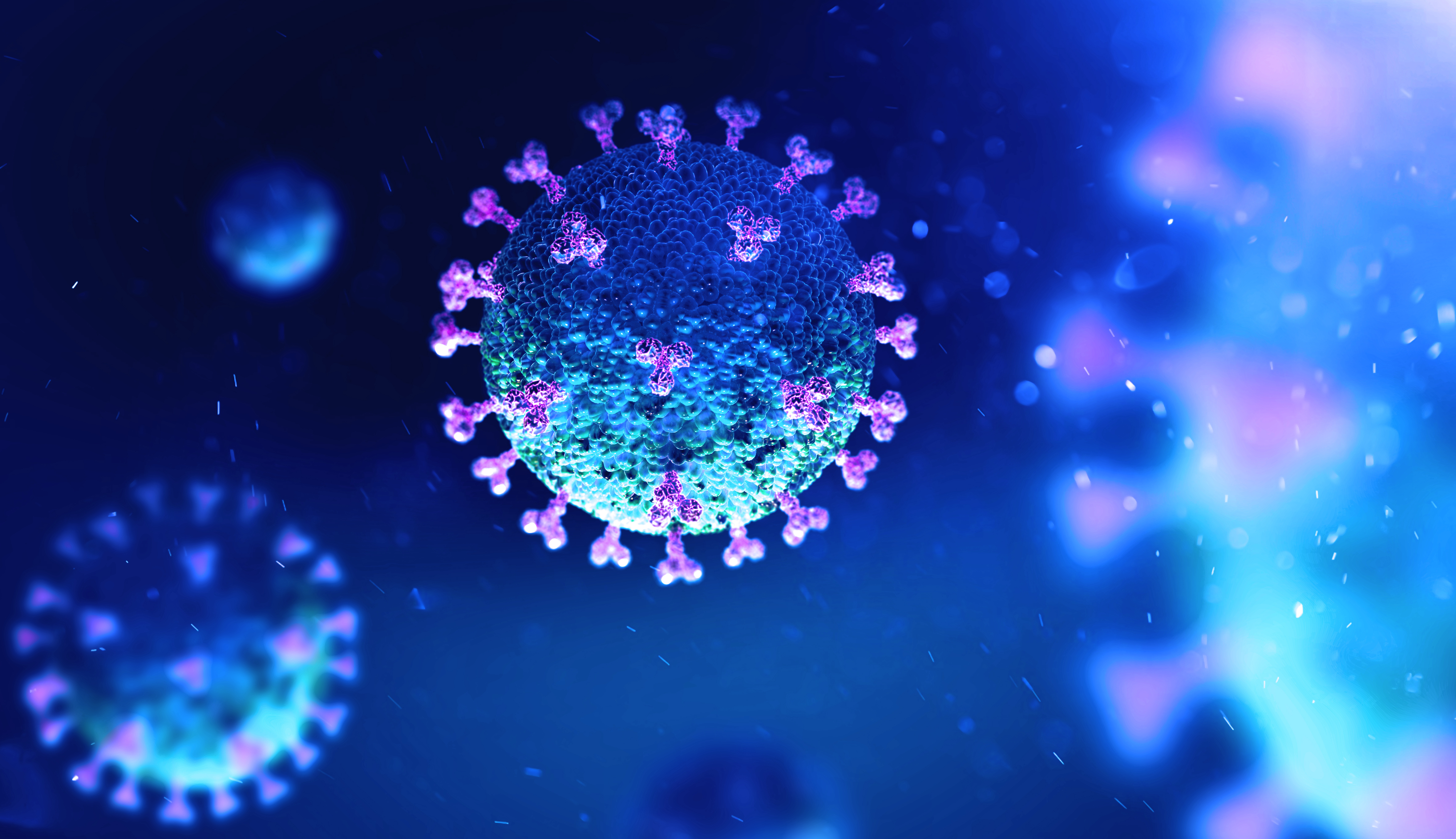 And now, today I have received a new type of vaccination.
And now, today I have received a new type of vaccination.
‘Pfizer is collaborating with German biotech company BioNTech to focus on a technology called an mRNA vaccine. Unlike conventional vaccines, which are produced using weakened forms of the virus, RNA vaccines can be constructed quickly using only the pathogen’s genetic code.
Many standard vaccines work by injecting a dead or weakened form of the pathogen into the body in preparations that are designed not to make you sick but rather to build immunity. The key to building this immunity is that the portion of the pathogen called the antigen trains the immune system to recognise and respond to the infectious agent.5
RNA vaccines work by introducing into the body a messenger RNA (mRNA) sequence that contains the genetic instructions for the vaccinated person’s own cells to produce the vaccine antigens and generate an immune response.’ (https://www.pfizer.co.uk/behind-science-what-mrna-vaccine)
How far have we come from the 18th century when Edward Jenner inoculated a 13 year-old-boy in 1796 with cowpox to demonstrate immunity to smallpox. Two years later the first smallpox vaccine was developed.
The virus the Covid-19 vaccine is fighting is tiny; the coronavirus is 0.1- 0.5 nanometres. (a red blood cell is 7-8 nanometres). To my mind, this makes the development of a vaccine against such a tiny ‘monster’ a miracle!


